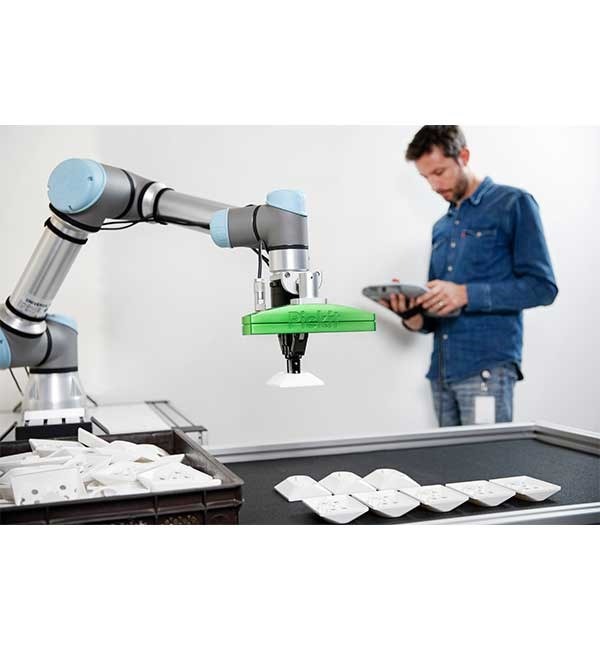Negotiate a solid global tariff deal for manufacturing
With the Albanese Government returned to power, Graeme Evans, Regional Vice President AUNZ of Epicor – a leading global business software company specialising in providing Enterprise Resource Planning (ERP) solutions, particularly for the manufacturing, distribution, and aged care industries – says that some of the first jobs to be done is to stick to the promises they made in the previous term and also negotiate a solid global tariff deal for the manufacturing and distribution industry.
Graeme explains:
What Does The Government Need To Do To Help The Australian Manufacturing Industry?
“The Australian manufacturing industry employs around 900,000 workers but has been in steady decline over the past few years. We must plan to boost local manufacturing and safeguard the nation in being more resilient to global shocks. We know that Labor has pledged to continue funnelling more money into its Future Made in Australia plan – with investment including $1 billion in grants for supporting green iron production and $2 billion in grants to support aluminium smelters to switch to renewable electricity – which we support.
“The Government must continue to invest in onshore capabilities, have robust procurement requirements in place for projects involving steel and aluminium, as well as negotiate a fair manufacturing and distribution agreement with the US. While the last few years have shown us that global make, move, sell industries are no strangers to disruption, we must find stability and move forward.”
How Does The Current Tariffs Impact Manufacturing And Distribution Operations?
“Tariffs increase the cost of production inputs, squeezing gross margins for manufacturers and distributors. Companies sourcing heavily from tariff-affected regions must reassess their procurement strategies. Higher costs may also alter the bill of materials, require supplier changes, and influence where production facilities are located.
“With regards to the supply chain industry, the combination of tariffs and retaliatory trade policies leads to delays, logistics complexity, and the need to evaluate nearshoring or reshoring strategies – for example, relying on a single country for critical materials becomes a liability when tariffs are introduced, thus prompting companies to search for alternative suppliers, possibly at higher costs. Businesses must also reconsider their pricing strategy, balancing cost recovery with customer affordability and competitiveness.”
Does Technology, Such As AI-Driven Trade Forecasting Tools, Help Manufacturers Anticipate And Mitigate Risks Related To Tariffs And Trade Restrictions?
“When trade policies continue to evolve, manufacturers need a crystal ball for forecasting costs and disruptions. New technology, such as AI-driven ERP systems, provide real-time analysis of tariffs, regulations, and emerging supply chain risks — helping companies quickly adjust sourcing strategies, better control decisions and costs, and stay resilient. By centralising data and automating compliance checks, they help businesses respond instantly to tariff updates and reroute supply chains in an accelerated manner.”



